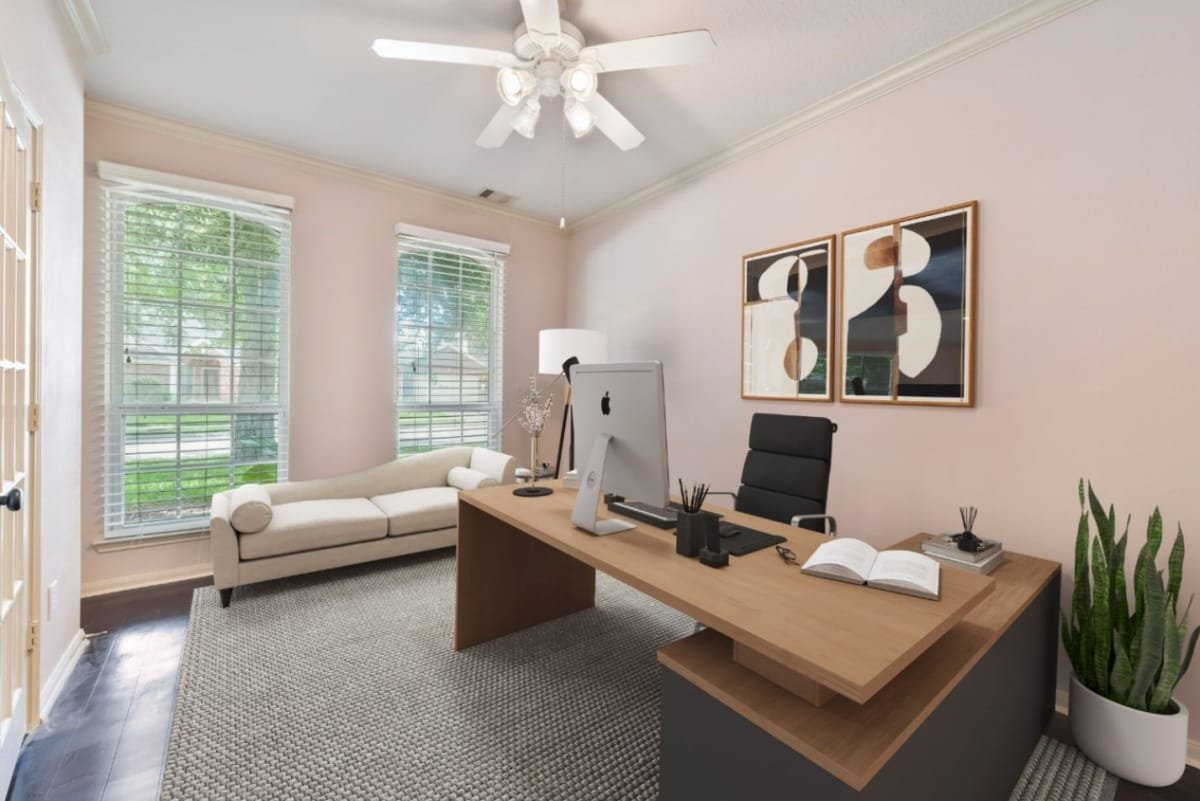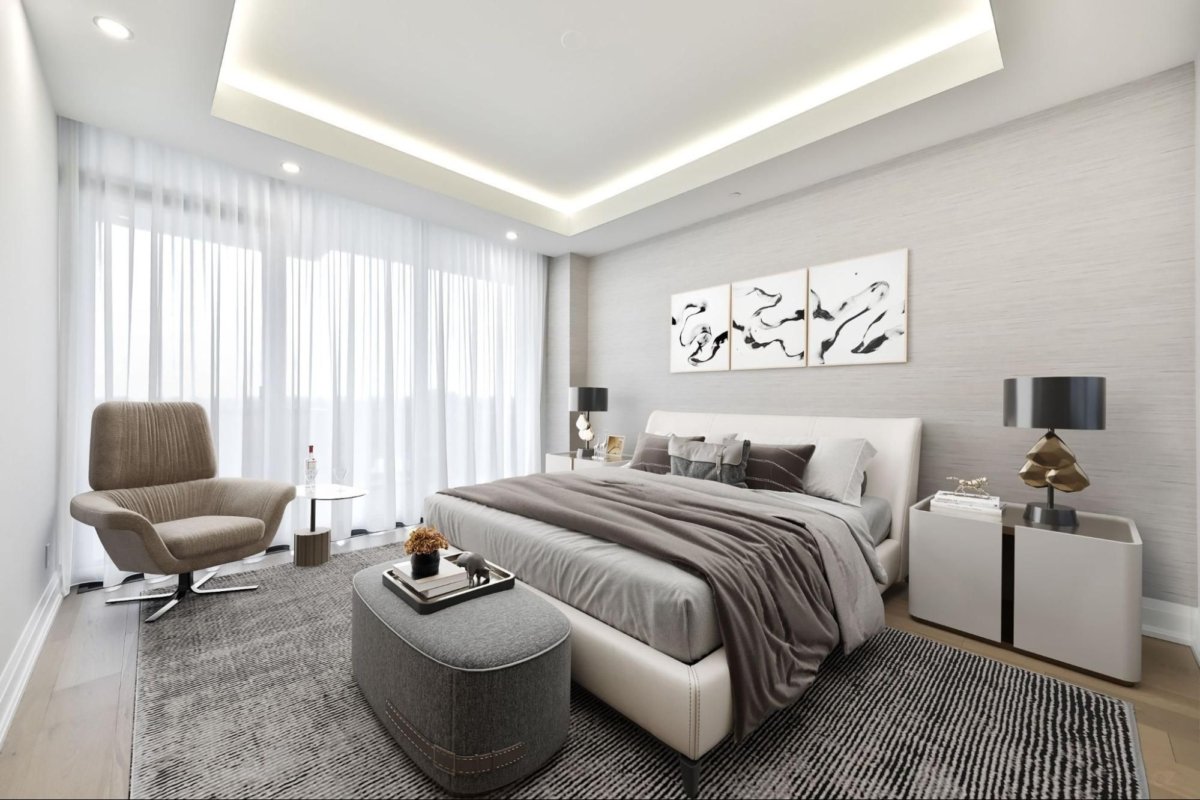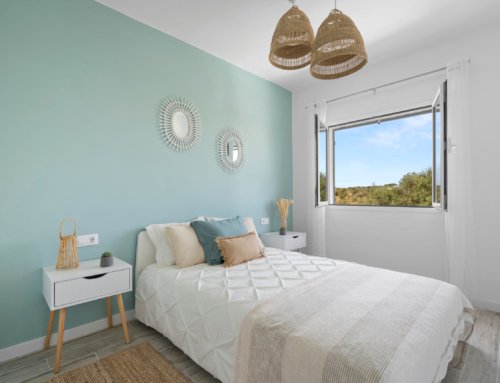
Virtual Staging: An Indispensable Tool for the Modern Real Estate Industry
In today’s competitive real estate market, it’s no longer enough to simply list a property with a few photos and hope for the best. The visual appeal of a listing plays a pivotal role in capturing the attention of potential buyers. While traditional staging—physically arranging furniture and decor in an empty home—has long been a go-to strategy for showcasing properties, a more cost-effective and versatile solution is now gaining significant traction: virtual staging.
Virtual staging involves digitally enhancing photos of empty homes with computer-generated furniture, décor, and even artwork. This innovative tool has transformed the way real estate agents market properties, offering numerous advantages over traditional staging. In this article, we’ll explore why virtual staging is becoming an indispensable tool for modern real estate professionals and how it’s revolutionizing the industry.
What is Virtual Staging?

virtual staging
Virtual staging is a digital process that takes high-quality photos of empty or sparsely furnished properties and adds virtual furniture, décor, and accessories to create a polished, inviting look. Unlike traditional staging, which requires physically moving and placing furniture, virtual staging is completed entirely through computer software.
The process begins by photographing a home’s empty rooms, then a digital designer or real estate photographer adds furniture and décor that complements the space. These digital enhancements are designed to help potential buyers visualize how a home might look if it were fully furnished, making it easier for them to imagine themselves living there.
How Virtual Staging Works:
- Photograph the Property: The first step is to take high-quality photographs of the property, focusing on the key rooms such as the living room, kitchen, and bedrooms.
- Digital Enhancement: Using advanced software, virtual staging specialists add digital furniture, rugs, artwork, and accessories to the photos. The goal is to enhance the space and make it look welcoming without the cost or hassle of physically staging the home.
- Final Adjustments: The digitally staged images are then fine-tuned to ensure the furniture and decor fit naturally within the room, offering a realistic and appealing aesthetic.
Virtual Staging vs. Traditional Staging
The most obvious difference between traditional staging and virtual staging is the approach. Traditional staging requires physical furniture, décor, and props to be placed in the home, which involves time, labor, and significant costs. This method is also typically limited to what furniture and décor are available for rent or purchase, often leading to delays and limited options.
On the other hand, virtual staging offers a more flexible, efficient, and cost-effective solution. With virtual staging, there’s no need for heavy furniture or décor rentals, no need to worry about delivery logistics, and no constraints on style choices. Everything is done digitally, meaning the possibilities are endless.
Cost Difference:
Traditional staging can cost anywhere from several hundred to several thousand dollars depending on the size of the property and the length of the staging period. Virtual staging, however, is much more affordable, with prices typically ranging from $15 to $30 per room, making it an ideal option for real estate agents and sellers working with a tight budget.
The Advantages of Virtual Staging in Real Estate

Virtual Staging
1. Cost-Effectiveness
One of the primary reasons virtual staging is so popular is its affordability. Traditional staging often involves the cost of renting furniture, hiring a staging company, and paying for moving and delivery. These costs can quickly add up, especially for larger homes. Virtual staging, however, eliminates these expenses entirely, offering a far more budget-friendly solution for homeowners and real estate agents alike.
2. Faster Turnaround Times
Traditional staging requires scheduling, planning, and physical setup, which can take several days. Virtual staging, in contrast, can be completed in just a few days (sometimes even within 24 hours), making it a quicker option for sellers eager to get their property listed and viewed by potential buyers.
3. Enhanced Online Listings
In today’s digital age, most home buyers begin their search online. Having high-quality, visually appealing images can make a significant difference in attracting attention and generating interest. Virtual staging helps create images that look polished and professional, showcasing the property in the best light possible. Well-staged homes have been shown to attract more views online and can ultimately lead to faster sales.
4. Flexibility and Customization
Virtual staging offers far more flexibility than traditional staging. It allows real estate agents to digitally furnish a property in a way that highlights its best features, and they can even tailor the style of the furniture to suit different buyer preferences. Whether you want to show a contemporary, minimalist style, a cozy farmhouse look, or an elegant modern aesthetic, virtual staging can easily adapt to any style without needing to rearrange physical furniture.
5. Increased Buyer Engagement
Research shows that properties with virtual staging tend to generate more interest from potential buyers. By presenting a home with digitally enhanced furniture and décor, buyers can better envision how the space will look with their own belongings, helping them connect emotionally with the property. Virtual staging can make a space feel more inviting and homely, which can ultimately lead to quicker decisions from buyers.
6. Staging for Specific Rooms
Virtual staging allows real estate agents to focus on the key rooms that matter most to potential buyers, such as living rooms, kitchens, and bedrooms. Even if the rest of the house is sparsely furnished or empty, these critical spaces can be beautifully staged to create a strong first impression.
7. No Need for Physical Furniture
For vacant properties or homes with outdated or worn furniture, virtual staging is an excellent way to show potential without having to invest in renting or purchasing new furniture. By digitally adding modern, appealing furniture, virtual staging brings a space to life without the heavy lifting.
8. Helps Buyers Visualize Potential
Virtual staging is particularly useful for homes that are being sold unfurnished or in need of renovation. Buyers may struggle to see the full potential of a space when it’s empty or in poor condition. Virtual staging can help buyers visualize how the property could look once furnished and updated, increasing the likelihood of a sale.
How Virtual Staging Can Help Sell a Home Faster
In real estate, first impressions are everything. The photos of a property are often the first thing that potential buyers see, and they can make or break the deal. Virtual staging is a powerful way to ensure that a property stands out from the competition.
In fact, studies have shown that homes with virtual staging sell 20% faster than those without staged photos. This is because virtually staged homes often look more polished, inviting, and move-in ready, making them more appealing to prospective buyers.
Virtual Staging Success Stories
Many real estate agents and sellers have experienced remarkable results with virtual staging. For example, a property that sat on the market for months without generating much interest was virtually staged, and within a few weeks, it received multiple offers and sold for a higher price than initially expected. This is just one example of how virtual staging can transform a listing and attract more buyers.
The Future of Virtual Staging in Real Estate
As technology continues to advance, the future of virtual staging looks even brighter. We are likely to see even more realistic, immersive staging experiences using augmented reality (AR) and virtual reality (VR) in the coming years. These innovations will give potential buyers the ability to interact with virtual furniture and design elements in real-time, further enhancing the way homes are marketed.
Additionally, as more real estate agents and home sellers become familiar with the benefits of virtual staging, it is expected to become even more common in the industry. Virtual staging will continue to evolve, offering more customization options and greater realism, which will only make it a more indispensable tool for real estate marketing.
Conclusion
Virtual staging has quickly become an indispensable tool for the modern real estate industry. It offers an affordable, efficient, and effective solution for showcasing properties, helping real estate agents and sellers attract more buyers and sell homes faster. With its ability to enhance property photos, save time and money, and increase buyer engagement, virtual staging is no longer a luxury—it’s a must-have marketing tool.
If you’re a real estate agent looking to stay ahead of the curve and present your listings in the best possible light, virtual staging is an investment that can pay off in spades. As the real estate industry continues to evolve, embracing innovative tools like virtual staging will help you stay competitive and provide exceptional value to your clients.
Contact me for the best real estate photo editing service.


